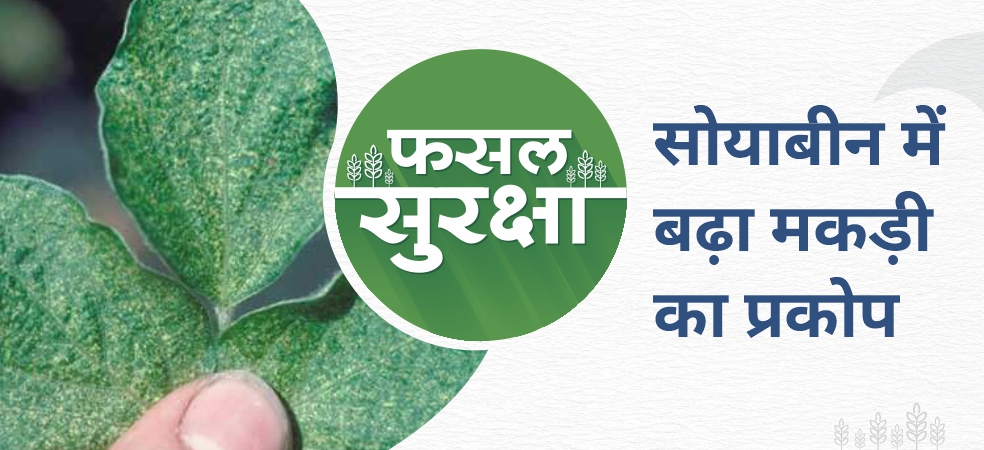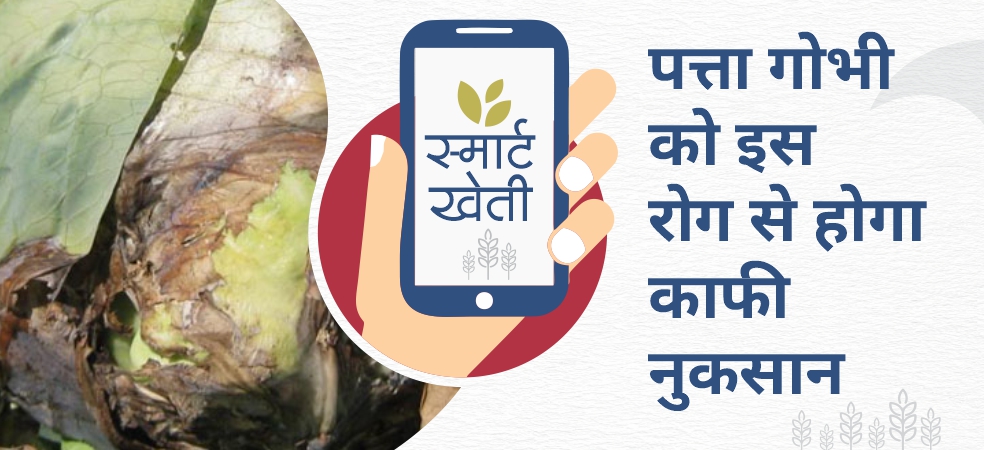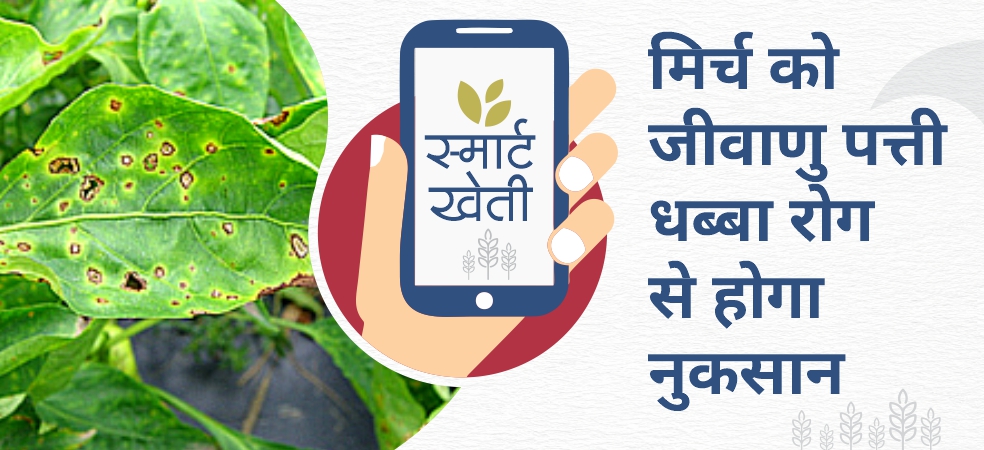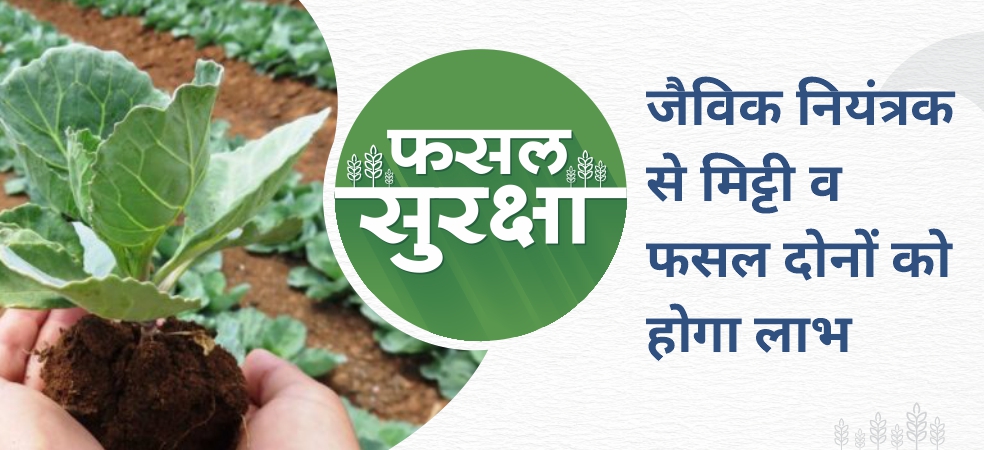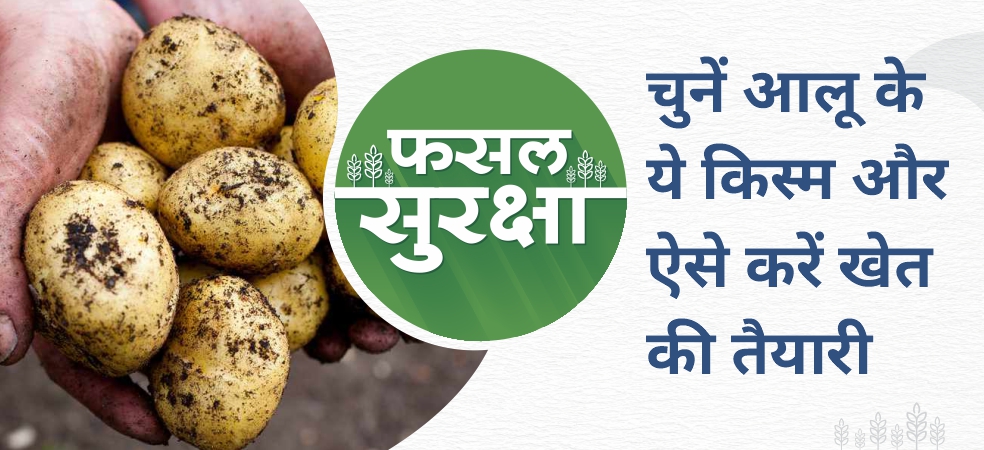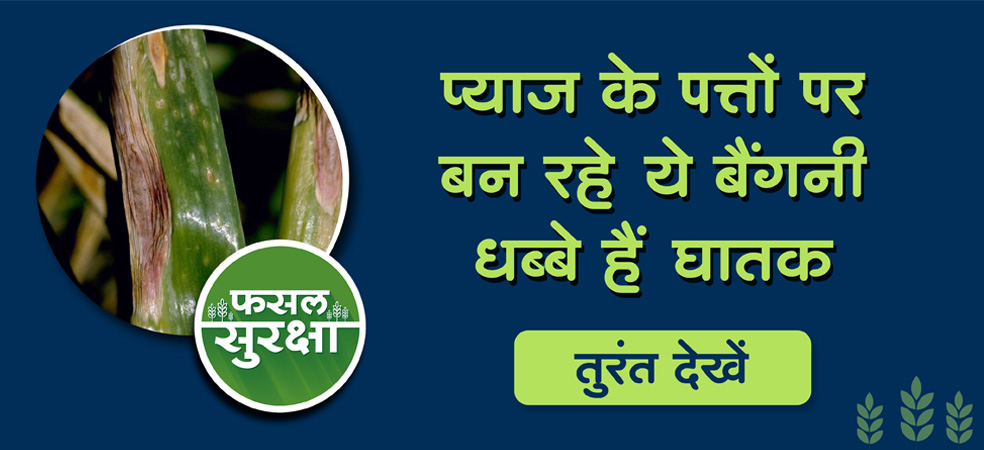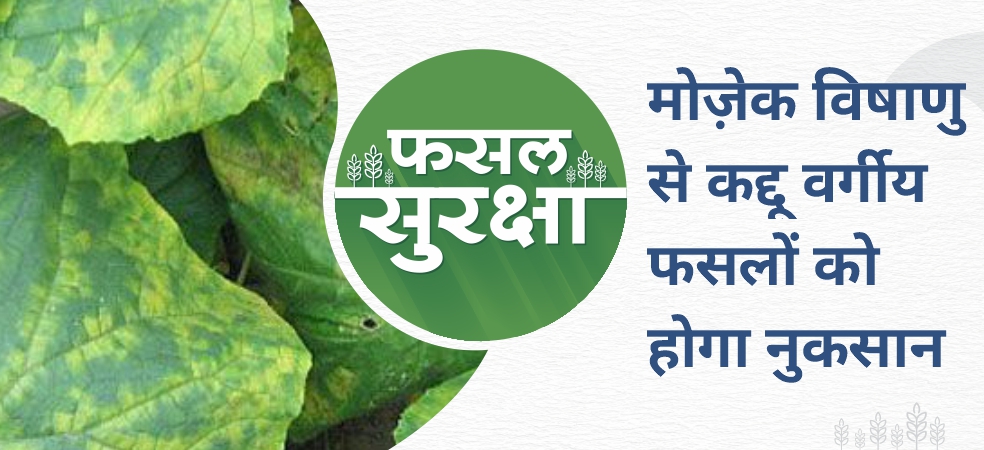-
These pests are small and red in colour, are found in large quantities on the soft parts of soybean crops like leaves, flower buds, pods and twigs. Webs are visible on the plants on which there is an outbreak of mites.
-
They weaken the soft parts of the plant by sucking the sap and finally it affects the growth of the plant.
-
Chemical Management:- Spray Propargite 57% EC @ 400 ml/acre or Spiromesifen 22.9% SC @ 200 ml/acre or Abamectin 1.9% EC @ 150 ml/acre to control mites in soybean crop.
-
Biological treatment: – As a biological treatment, spray Beauveria Bassiana @ 250 gm / acre.
ShareAdd your farm with the My Farm section of Gramophone app and keep on getting the exact advice and solutions related to smart agriculture throughout the crop cycle. Share this article with your friends with the share button below.

